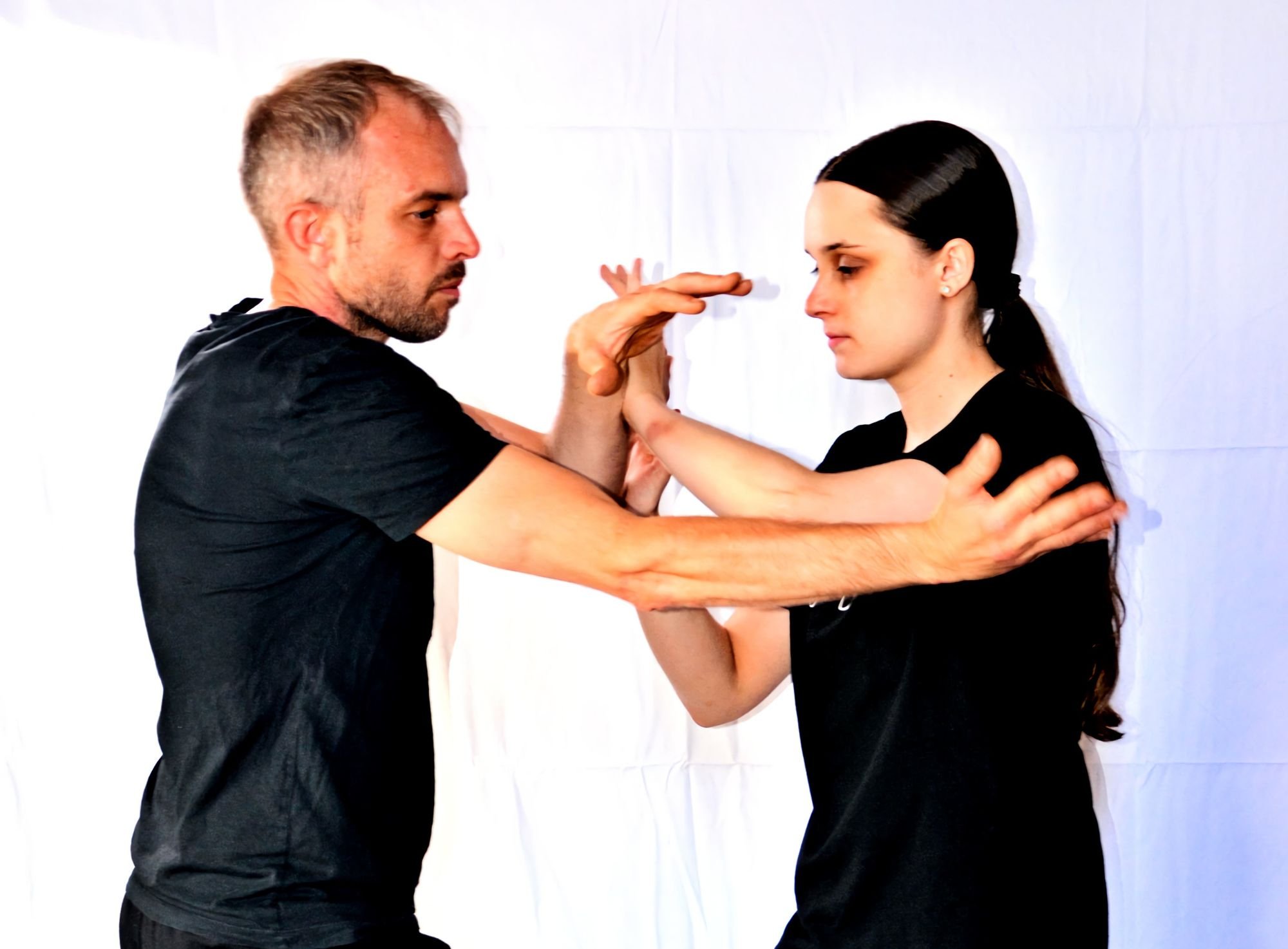Tai Chi Syllabus
At Applied Tai Chi, we teach and promote classical Yang Style Tai Chi Chuan. This is the old, original form of Yang Style Tai Chi Chuan from which the modern simplified styles have been developed.
We offer a well-rounded syllabus including forms, pushing hands, and martial applications with pad work, partner work and sparring.
There are no gradings or competitions, and no pressure is placed on practitioners to rush. Instead, everyone is encouraged to take their time developing their understanding and skill.
We understand students want different things from Tai Chi. Some want to explore the Tai Chi as a martial art, whilst others want to practice for the great health benefits Tai Chi offers, or to explore the spiritual dimensions of the art. So, our approach is to teach a range of classes and courses that allow you to pursue your particular interests.
Forms
We teach classical Yang Style Tai Chi forms, including:
The Yang Cheng Fu Long Form. This form comprises three sections and students begin by learning the first section of this form. The form was developed by Yang Cheng Fu, the grandson of Yang Lu Chan, founder of Yang Style Tai Chi.
The Yang Lu Chan Long Form. The older, original form developed by the founder of Yang style Tai Chi Chuan, Yang Lu Chan. This form includes movements that are soft and slow, and hard and fast. It is a challenging form with a strong martial intent.
The Small and Large San Sau Forms. Fast fighting forms done individually or with a partner. Unlike the long forms these forms are done at a fast pace, with explosive movements.
Sabre and Sword Forms. For advanced students we teach Sabre (Dao) and Straight Sword (Jian) forms.
Pushing Hands
Alongside forms practice, we also teach Tai Chi pushing hands (Tui Sao), also known as sensing hands.
In pushing hands you work together with a partner to test each other’s balance. Pushing hands teaches you to adopt correct Tai Chi posture and alignments, helps you realise external and internal power, and gets you to understand form movements. It’s also a great way for smaller, lighter individuals to understand how to deal with larger, heavier opponents.
Pushing hands begins very simply with basic pre-determined movements and progresses through increasing complexity to free play pushing hands which is totally unscripted.
Whilst pushing hands is part of the martial aspect of Tai Chi Chuan, it is not fighting and is practiced with a sense of cooperation, rather than competition.
Martial Applications
An important part of our approach is to recognise Tai Chi Chuan is first and foremost a martial art. For those interested in developing this aspect of the art, we offer classes focussed on the applying Tai Chi Chuan to self-defence situations.
Our approach when teaching martial Tai Chi Chuan is to balance Yin and Yang. We retain Tai Chi’s softness, but the movements are faster and more explosive. Classes are more intense, with a challenging warm up, pad work, drills, partner work and free sparring to learn and apply the movements of Tai Chi that you learn initially in your forms.
Whilst its not for everyone, practicing the martial aspects of Tai Chi Chuan can deepen your understanding. For example, by helping you to understand the meaning of your form movements so they can be practiced in the correct way.



